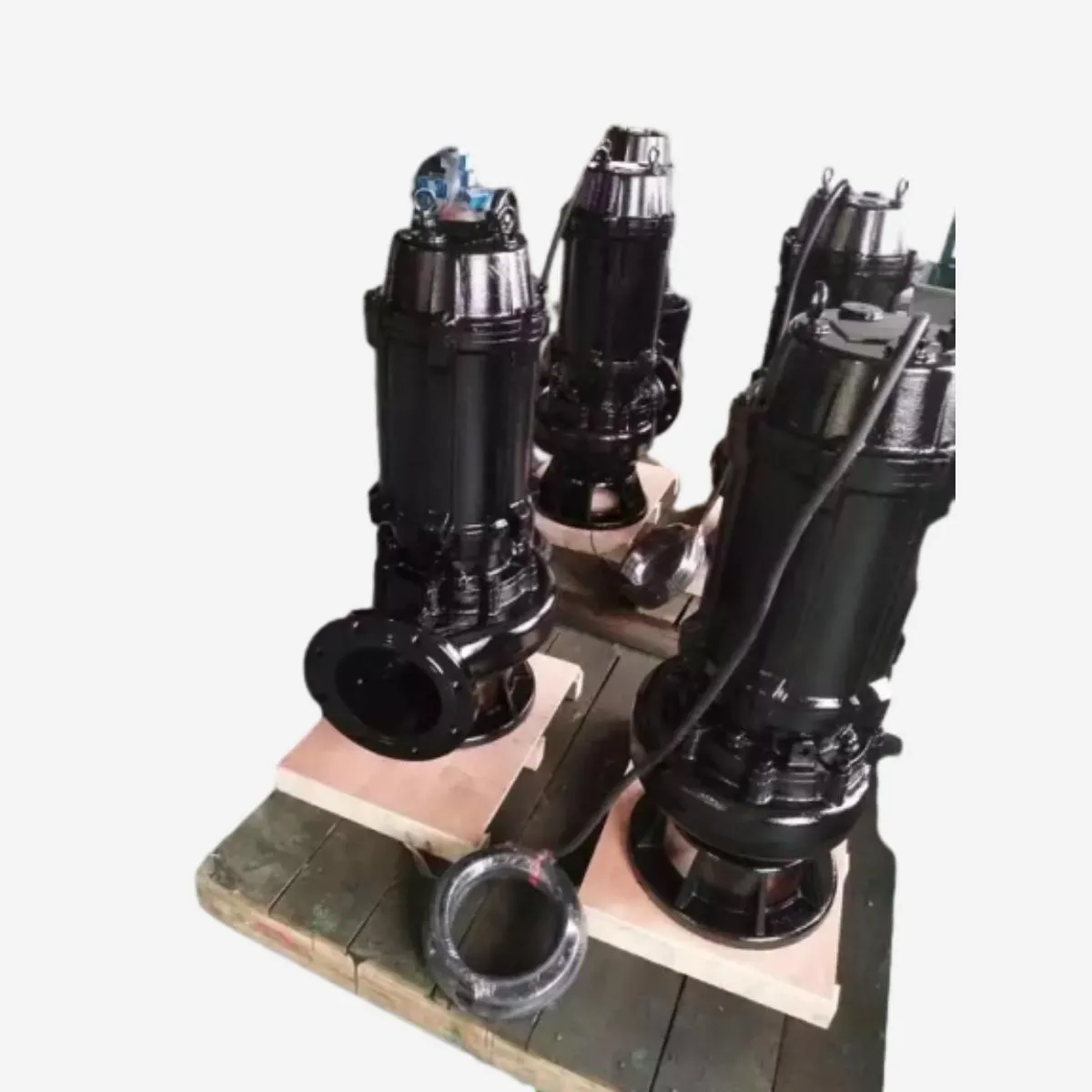Catalan
- Afrikaans
- Albanian
- Amharic
- Arabic
- Armenian
- Azerbaijani
- Basque
- Belarusian
- Bengali
- Bosnian
- Bulgarian
- Catalan
- Cebuano
- Corsican
- Croatian
- Czech
- Danish
- Dutch
- English
- Esperanto
- Estonian
- Finnish
- French
- Frisian
- Galician
- Georgian
- German
- Greek
- Gujarati
- Haitian Creole
- hausa
- hawaiian
- Hebrew
- Hindi
- Miao
- Hungarian
- Icelandic
- igbo
- Indonesian
- irish
- Italian
- Japanese
- Javanese
- Kannada
- kazakh
- Khmer
- Rwandese
- Korean
- Kurdish
- Kyrgyz
- Lao
- Latin
- Latvian
- Lithuanian
- Luxembourgish
- Macedonian
- Malgashi
- Malay
- Malayalam
- Maltese
- Maori
- Marathi
- Mongolian
- Myanmar
- Nepali
- Norwegian
- Norwegian
- Occitan
- Pashto
- Persian
- Polish
- Portuguese
- Punjabi
- Romanian
- Russian
- Samoan
- Scottish Gaelic
- Serbian
- Sesotho
- Shona
- Sindhi
- Sinhala
- Slovak
- Slovenian
- Somali
- Spanish
- Sundanese
- Swahili
- Swedish
- Tagalog
- Tajik
- Tamil
- Tatar
- Telugu
- Thai
- Turkish
- Turkmen
- Ukrainian
- Urdu
- Uighur
- Uzbek
- Vietnamese
- Welsh
- Bantu
- Yiddish
- Yoruba
- Zulu
Telephone: +86 13120555503
Email: frank@cypump.com
ag. . 21, 2024 07:01 Back to list
1% horsepower water pump lifting capacity and efficiency across different applications and conditions
Lifting Capacity and Efficiency of 1 HP Water Pumps
Water pumps are essential devices in various applications, ranging from agricultural irrigation to domestic water supply systems. Among the different categories of water pumps, those with a power rating of 1 horsepower (HP) are quite popular due to their efficiency and versatility. This article explores the lifting capacity and efficiency of a 1 HP water pump, providing insights into its practical applications and performance.
Understanding Horsepower in Water Pumps
Horsepower is a measure of power, and in the context of water pumps, it indicates the pump's ability to perform work. A 1 HP water pump is capable of lifting water to a height and moving it over a distance. Typically, one horsepower equates to approximately 746 watts, which is the power used to perform a specific amount of work within a set period.
Lifting Capacity
The lifting capacity of a pump refers to the maximum height from which it can draw water and the maximum head at which it can effectively operate. For a 1 HP water pump, the lifting capacity can vary depending on several factors, including the type of pump, the design, and the specific operational conditions.
On average, a 1 HP water pump can lift water up to 30 to 50 feet (approximately 9 to 15 meters) vertically. However, the actual height can vary based on the pump's efficiency and the total dynamic head (TDH), which includes factors such as friction losses in pipes and fittings. It is crucial to consider these variables when selecting a pump for a specific application to ensure it meets the required lifting capacity.
Efficiency Considerations
The efficiency of a water pump is defined as the ratio of hydraulic power output to the mechanical power input. It is essential for determining how effectively the pump converts electrical energy into hydraulic energy. For a 1 HP water pump, efficiency typically ranges between 50% to 75%. Higher efficiency means that less energy is wasted during the process, which translates into lower operational costs.
Several factors influence the efficiency of a water pump, including
1% hp water pump lifting capacity and its efficiency in various ...

1. Pump Design Different designs, such as centrifugal and positive displacement pumps, have varying efficiency levels. Centrifugal pumps, for example, are commonly used for high flow rates and moderate pressure applications.
2. Proper Sizing Selecting the right pump size for the application is crucial. An oversized pump may lead to inefficiencies due to excessive energy consumption, while an undersized pump may struggle to deliver the required flow and pressure.
3. Maintenance Regular maintenance is vital to ensure optimal performance. Worn-out components, such as impellers or seals, can reduce efficiency significantly. Routine checks and servicing can help maintain energy efficiency and prolong the pump's lifespan.
4. Operational Conditions The conditions under which a pump operates, including temperature, fluid characteristics, and ambient conditions, can also impact its efficiency.
Practical Applications
1 HP water pumps are commonly used in various applications, including
- Irrigation These pumps are widely used in agriculture to ensure adequate water supply for crops, particularly in regions with limited water resources. - Domestic Use They can serve as reliable sources for supplying water to households, including for tasks such as gardening and household chores. - Aquaculture In fish farming and aquaculture, 1 HP pumps are utilized to manage water circulation and aeration, promoting a healthy aquatic environment.
Conclusion
In conclusion, a 1 HP water pump is a versatile and efficient solution for lifting and transporting water in various applications. Understanding its lifting capacity and efficiency is essential for selecting the right pump for specific needs. By considering factors such as proper sizing, maintenance, and operational conditions, users can optimize the performance and longevity of their water pump, ensuring efficient and effective water management solutions.
-
ISG Series Vertical Pipeline Pump - Chi Yuan Pumps Co., LTD.|High Efficiency, Energy Saving, Low Noise
NewsJul.30,2025
-
ISG Series Vertical Pipeline Pump- Chi Yuan Pumps|High Efficiency&Low Noise
NewsJul.30,2025
-
ISG Series Vertical Pipeline Pump-Chi Yuan Pumps Co., LTD.|High Efficiency&Energy Conservation
NewsJul.30,2025
-
ISG Series Vertical Pipeline Pump - Chi Yuan Pumps Co., LTD.|Advanced Hydraulic Design&Energy-Efficient Solutions
NewsJul.30,2025
-
ISG Series Vertical Pipeline Pump - Chi Yuan Pumps Co., LTD.
NewsJul.30,2025
-
ISG Series Vertical Pipeline Pump - Chi Yuan Pumps Co., LTD.|energy-efficient fluid handling&industrial durability
NewsJul.30,2025










